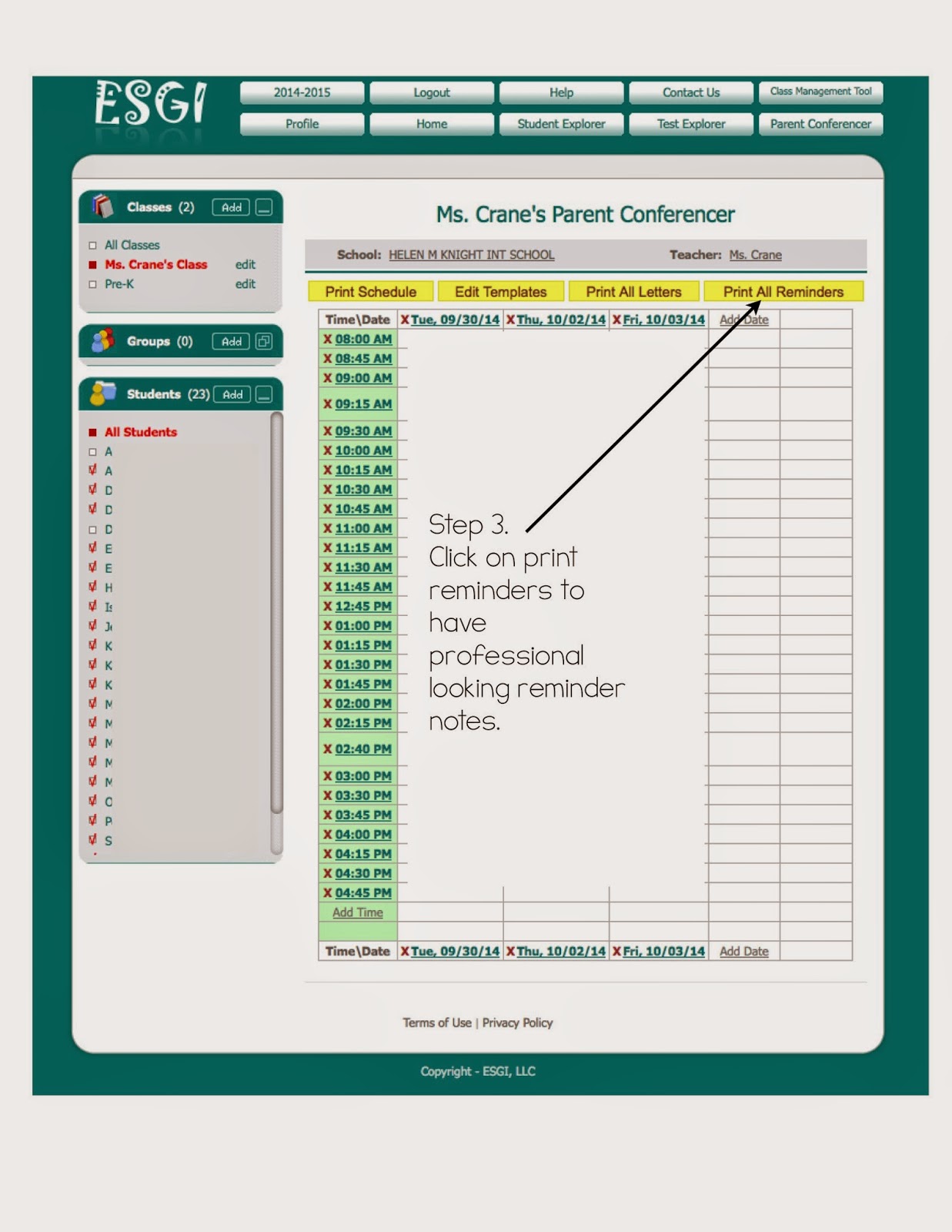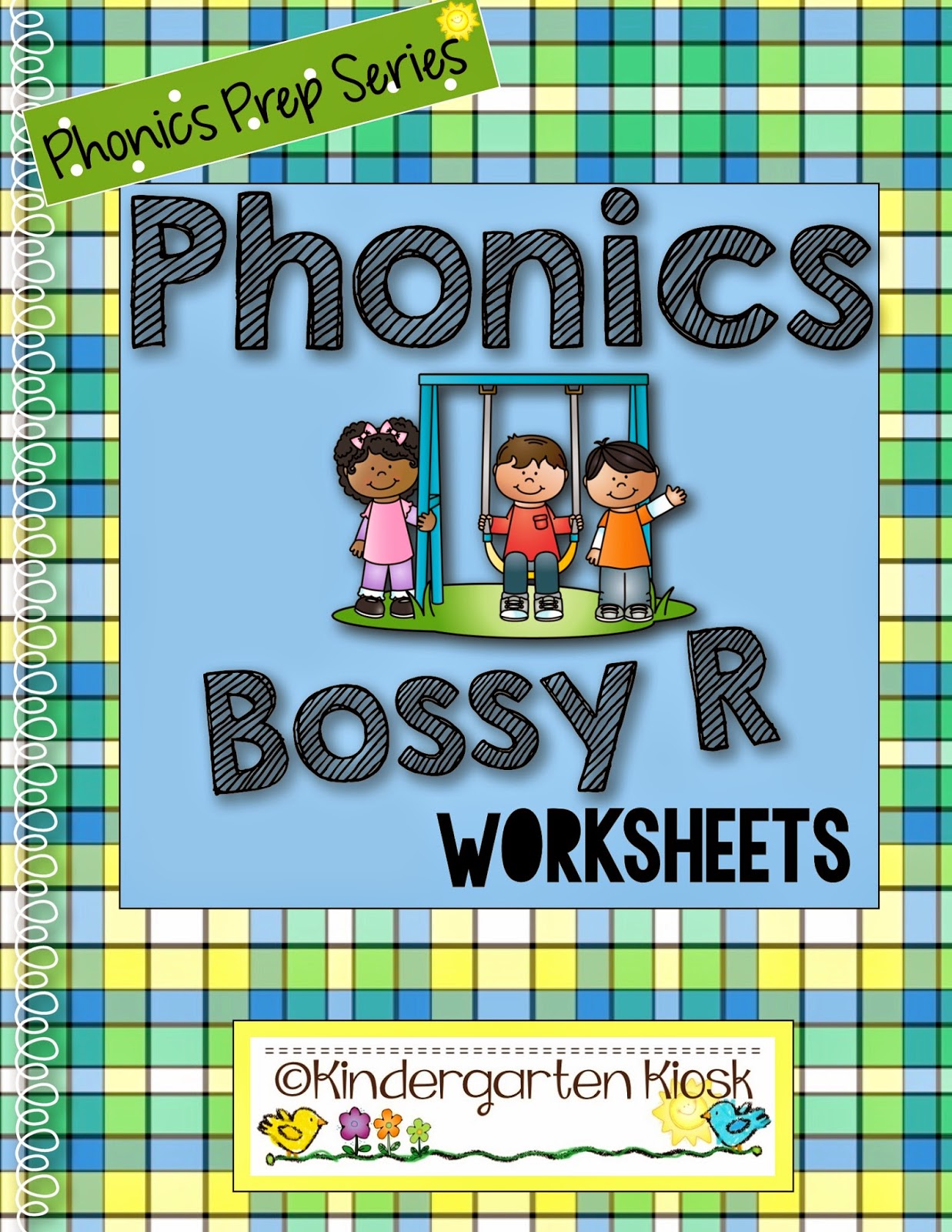Taking a thematic approach to the teaching of young children allows students to be more confident, better motivated, and more anxiously engaged. Above all, it allows instruction to be more natural, less fragmented, child centered, and academic skills developed more quickly as they are connected to topics.
 |
| Some of our Thematic Unit offerings |
Today we were talking about spiders. After reading a spider book and taking some key ideas from the book and writing them on stickies for our big idea chart, one of my students said “I think we should make a spider using paper. We will need to make two body parts and eight legs. Then I am going to put 8 eyes, but everyone can choose their own number for eyes like 0,2,4 or 6. You can get black paper, but we will need other colors too.”
Now, little did he know, that particular activity was exactly what I had planned for center time. But, what a great opportunity to make the students active participants in their own learning. “Great idea!” I said. Let’s make a list of supplies that I can gather at recess. So together, the students and I listed the supplies. The activity was now theirs and they were excited to do it.
This is but one example of how thematic instruction benefits young learners. If you are are looking for some great thematic units, that are a perfect fit for developmentally appropriate teaching, you will want to check out our thematic unit packets. Each unit is packed with activities and learning. Here is an example of the Spider Unit.
Shared Reading Activities
I’M A SPIDER: Building Metacognition Skills
Scripted Literacy Activities:
Spider Soup: Identifying Alphabet Letters
The Sneaky Spider: Producing Rhyming Words
Home Sweet Web: Matching Alphabet Letters
Spider Walk: Beginning Sounds
Web Treasures: Sorting Objects into Categories
Independent Language Arts Activities
Category Sort: Identifying Word Meanings & Nuances
Spin a Web: ABC Order
Scripted Math Activities:
The Hungry Spiders: Identifying Numbers
Spider Shapes: Identifying Shapes
Independent Math Activities
Spider Frames: Counting and Cardinality
Spider Legs: Decomposing Numbers
Fill The Web: Ten Frame Hunt
Writing Prompts/Word Wall
Spider Word Wall
Writing Prompts:
Eensy Wensy Spider
Do I Like Spiders?
Guided Reading Books
Are You a Spider? Level A
Are You a Spider? Level C
Kitchen
Spider Cookie
Science
The Arachnid (Science Journal Labels)
Spider Facts
Sticky Spiders
Art Projects
Glitter Spider Web
Spider Construct
Spider Hat
Songs
Spin, Spin, Spin a Web
A Spider Song
Ten Little Spiders







































